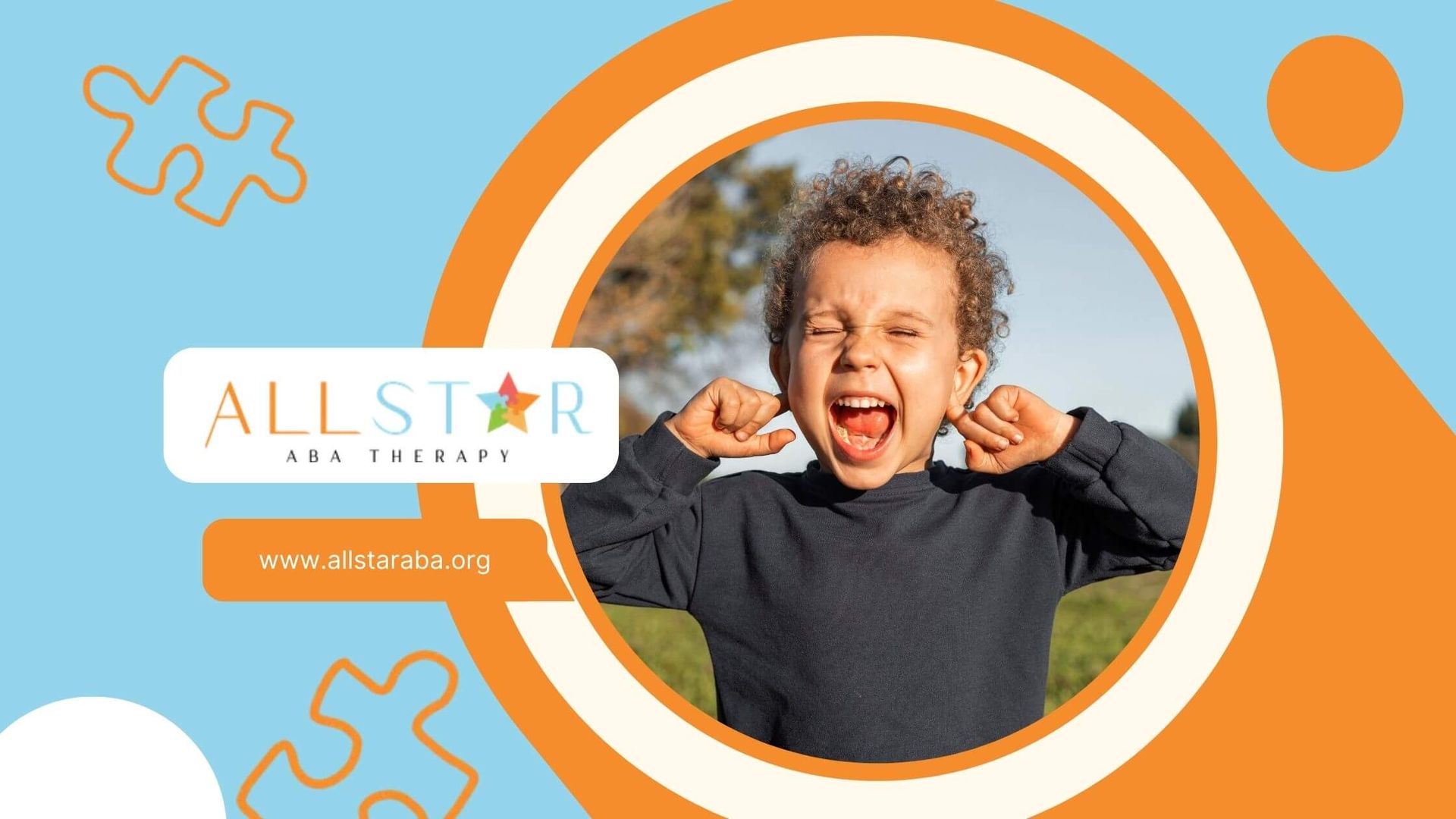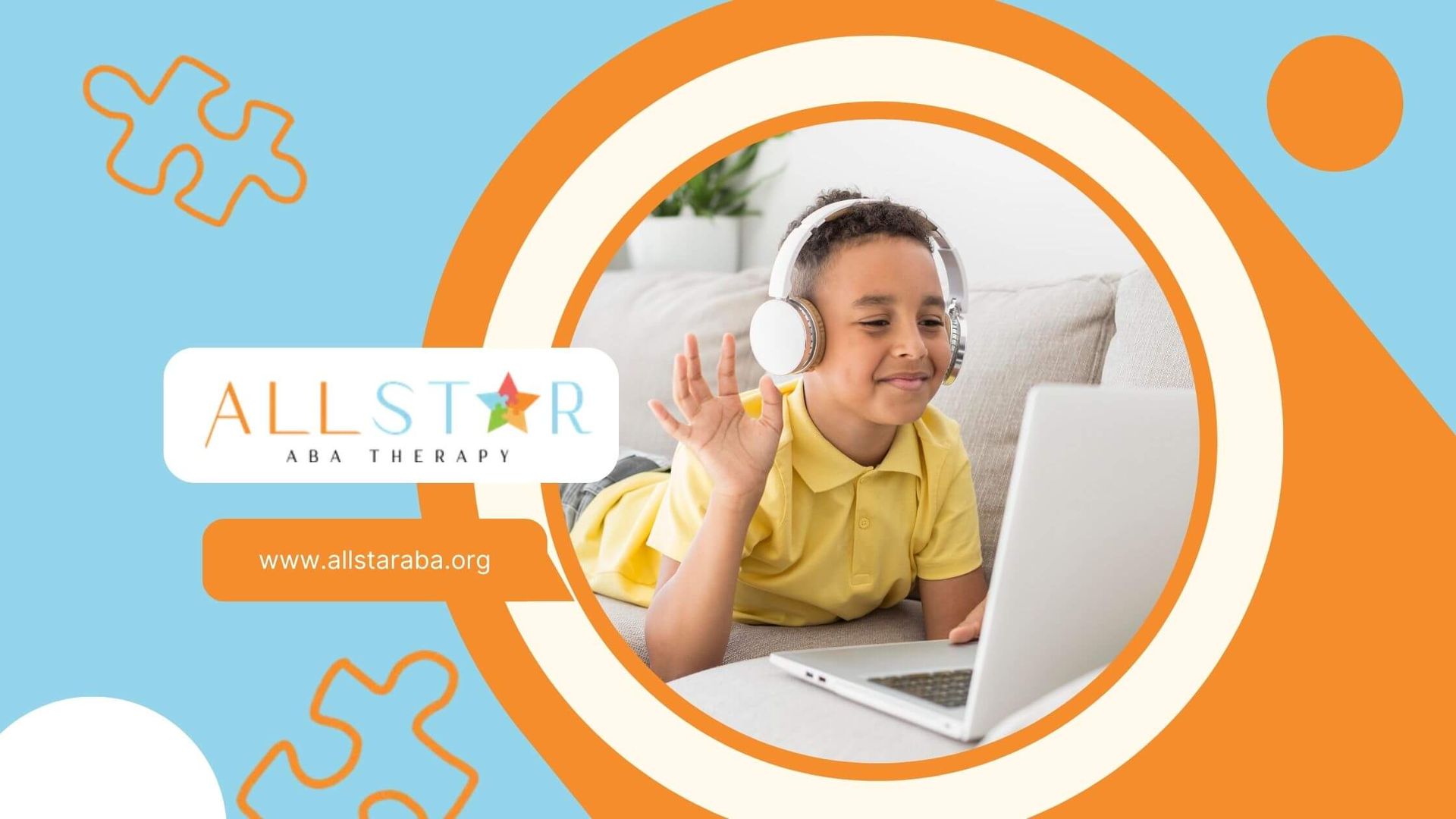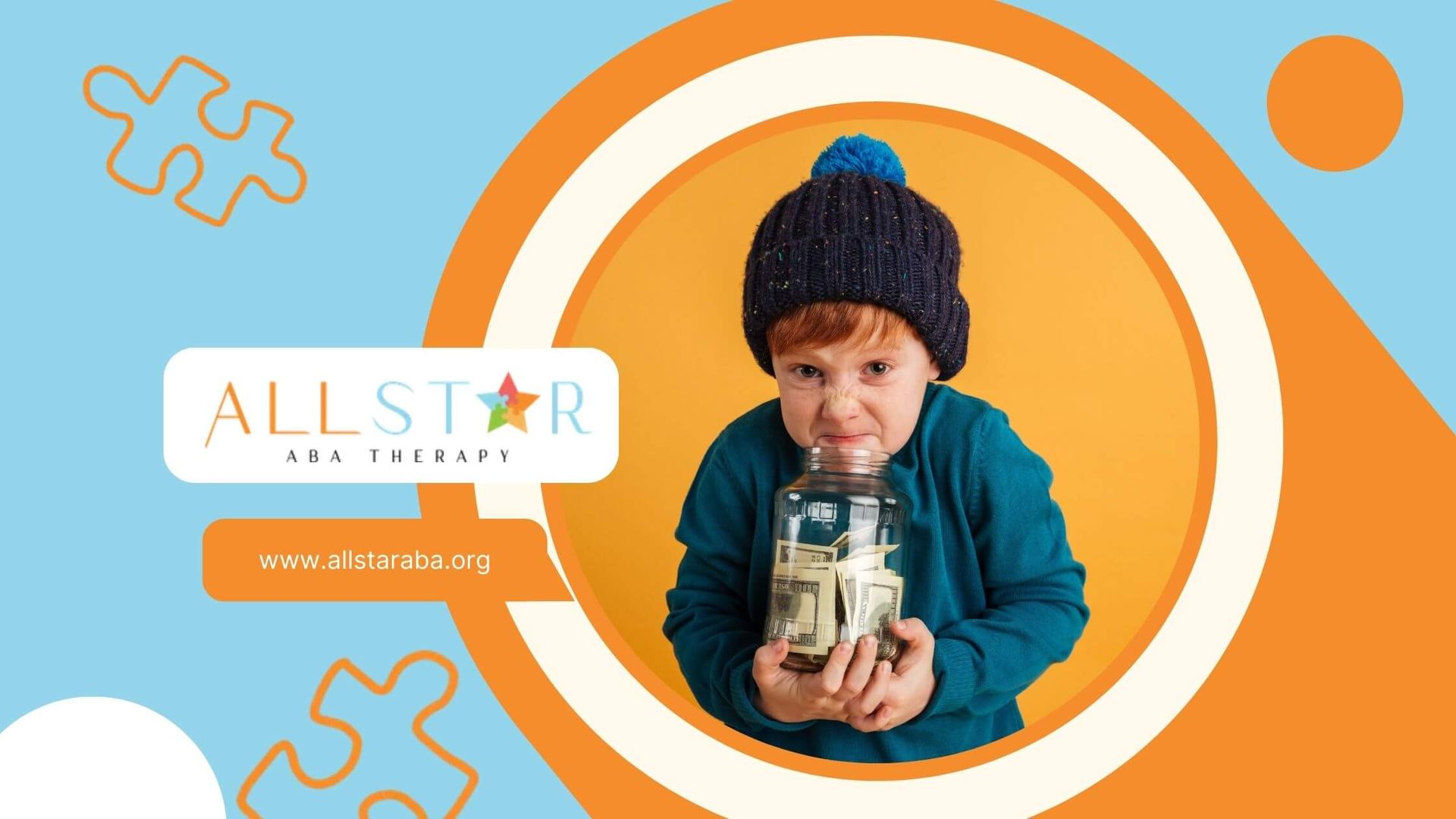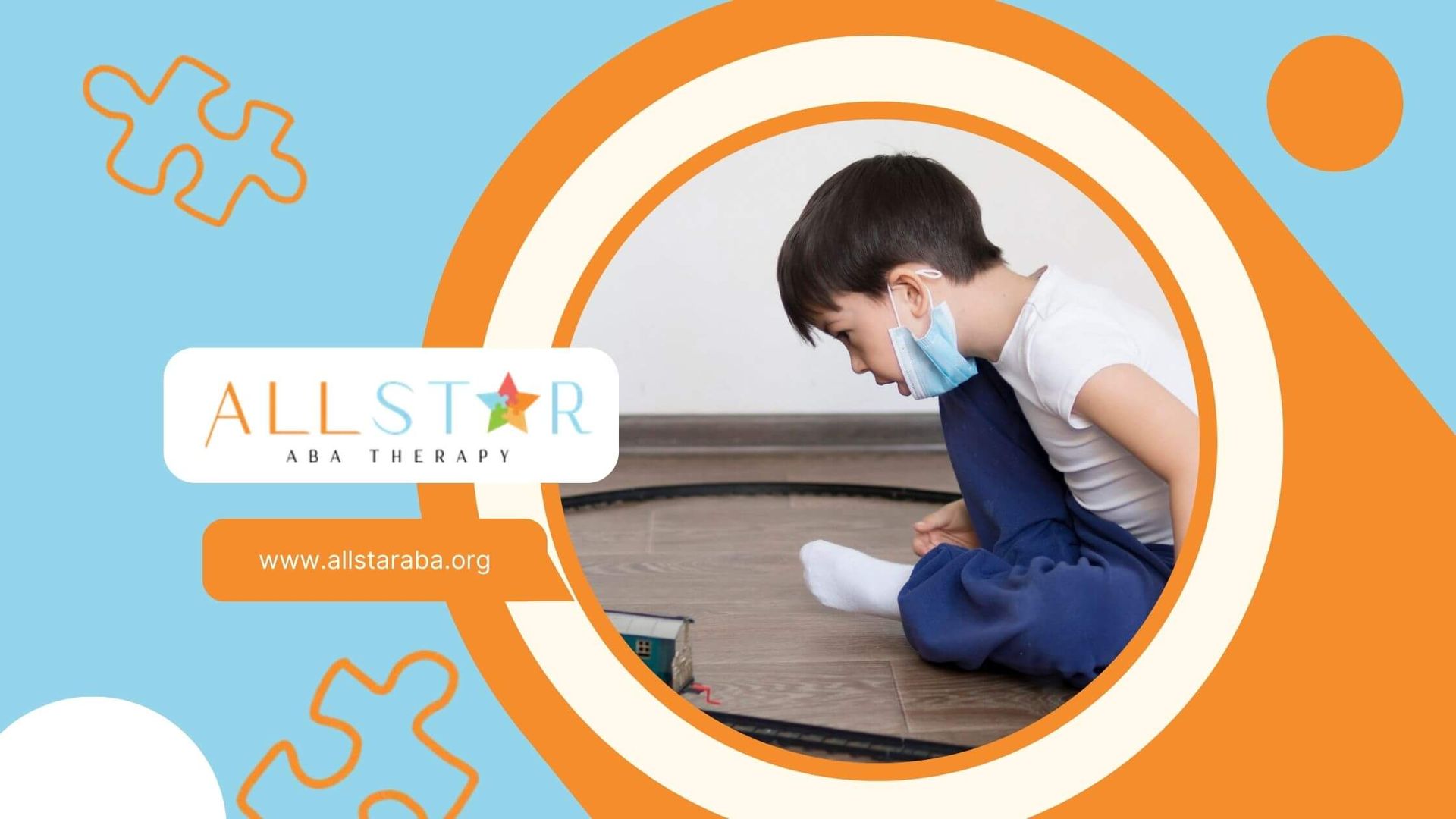New Paragraph
Embracing Uniqueness: Insights into Autism Learning Styles
Understanding Autism Learning Styles
Understanding how individuals with autism learn is essential for creating effective educational strategies that foster engagement and academic success. Identifying and embracing their unique learning styles can make a significant impact on their educational journey.
Importance of Identifying Learning Styles
Identifying learning styles in autistic individuals is an essential step in facilitating their educational development. Autistic individuals are more inclined to rely heavily on one primary learning style. Recognizing whether an individual is a visual, auditory, or kinesthetic learner can be achieved through careful observation.
- Visual Learners: Enjoy books, TV, and careful observation of objects.
- Auditory Learners: Talk extensively and enjoy listening to music.
- Kinesthetic Learners: Constantly manipulate objects and learn through physical activity.
By understanding a child's dominant learning style, educators and parents can tailor teaching methods to suit their needs. This personalized approach fosters a positive learning environment and prevents negative behaviors in the classroom.
Impact on Academic Performance
The impact of identifying and catering to learning styles can be profound on the academic performance of autistic students. Many autistic children are highly visual learners, requiring visual aids to best retain new information. For instance, visual learners benefit from charts, diagrams, and pictures to comprehend and retain information.
| Learning Style | Preferred Tools | Impact on Learning |
|---|---|---|
| Visual Learners | Charts, diagrams, picture schedules, written instructions | Enhanced retention and comprehension through visual aids |
| Auditory Learners | Audiobooks, verbal instructions, music | Improved engagement and understanding through auditory input |
| Kinesthetic Learners | Hands-on activities, physical movement during learning | Increased engagement through physical interaction with materials |
Understanding and utilizing these tools allows educators to provide a more supportive learning experience. For example, incorporating video modeling and graphic organizers can dramatically improve comprehension for visual learners.
The focus on sensory processing and attention also plays a crucial role in academic success. Autistic students often display varying sensitivities to sensory input, which can affect how they perceive and interact with educational materials. By creating sensory-friendly classroom environments and using techniques such as differentiated instruction for autism, educators can help autistic students thrive.
Incorporating a strengths-based approach and involving tools like technology-assisted learning for autism can further enhance their educational experience, ensuring a more inclusive and effective learning environment.
Common Learning Styles in Autism
Autistic individuals often have a distinct way of processing and retaining information. Understanding their primary learning style is vital for enhancing their educational outcomes. The three most common learning styles in autism include visual, auditory, and kinesthetic preferences.
Visual Learning Preference
Many autistic children are highly visual learners and need to see new information to retain it effectively. Visual learners excel when information is presented through images, charts, diagrams, and videos, which help in organizing and making sense of new data.
Visual learning strategies for autistic students include:
- Video Modeling: Demonstrates tasks or behaviors visually.
- Graphic Organizers: Helps in structuring ideas and concepts.
- Picture Schedules: Provides a visual representation of daily routines.
- Diagrams and Charts: Simplifies complex information.
- Written Instructions: Offers clear, visual guidance.
| Visual Tool | Description |
|---|---|
| Video Modeling | Demonstrates tasks visually |
| Graphic Organizers | Structures ideas and concepts |
| Picture Schedules | Visual daily routine |
| Diagrams and Charts | Simplify complex information |
| Written Instructions | Clear, visual guidance |
Auditory Learning Preference
Auditory learners thrive on verbal instructions and can often recall spoken information more effectively. These individuals enjoy activities like listening to music, talking, and verbal storytelling. For learners with an auditory preference, key strategies include:
- Oral Instructions: Verbal explanations of tasks and concepts.
- Audiobooks and Recordings: Provides auditory stimuli aligned with lessons.
- Music and Rhythmic Patterns: Enhances memory and engagement.
- Verbal Repetition: Reinforces learning through spoken word.
| Auditory Tool | Description |
|---|---|
| Oral Instructions | Verbal explanations of tasks |
| Audiobooks and Recordings | Auditory stimuli for lessons |
| Music and Rhythmic Patterns | Enhances memory and engagement |
| Verbal Repetition | Reinforces learning through speech |
For additional approaches, explore social skills training for autism.
Kinesthetic Learning Preference
Kinesthetic learners absorb information best through movement and tactile activities. They often engage in hands-on tasks, frequent manipulation of objects, and physical activities. Key strategies for kinesthetic learners include:
- Hands-On Activities: Encourage learning through direct interaction.
- Movement Breaks: Integrate short physical activities to maintain focus.
- Tactile Learning Tools: Use objects and materials that can be handled.
- Interactive Lessons: Combine movement with the learning process.
| Kinesthetic Tool | Description |
|---|---|
| Hands-On Activities | Learning through direct interaction |
| Movement Breaks | Short physical activities |
| Tactile Learning Tools | Objects and materials for handling |
| Interactive Lessons | Movement combined with lessons |
Identifying and tailoring instruction to accommodate these learning preferences can substantially improve the academic and social outcomes of autistic students. Dive deeper into strengths-based learning for autism for further support strategies.
Challenges in Traditional Learning Environments
Students with autism spectrum disorder (ASD) often face unique challenges in traditional learning environments. Understanding these challenges, such as sensory processing differences and attentional impairments, is essential to create supportive educational settings.
Sensory Processing Differences
Students with ASD frequently exhibit hyper- and/or hypo-reactivity to sensory input, leading to difficulties in classroom environments. These sensory processing abnormalities can critically impact engagement and academic performance.
| Sensory Symptoms | Prevalence |
|---|---|
| Hyper-reactivity to Sensory Input | ~95% |
| Hypo-reactivity to Sensory Input | ~95% |
| Atypical Sensory Interests | ~95% |
These sensory issues may cause certain classroom elements, such as bright lights, loud noises, or strong smells, to be overwhelming or distracting. This can hinder a student's ability to concentrate and participate effectively in educational activities. Addressing these concerns involves understanding each child's specific sensory sensitivities and tailoring the environment accordingly.
Attentional Impairments
Students with ASD often experience attentional impairments that affect their ability to focus and shift attention appropriately. These impairments can include:
- Deficits in regulation of arousal and alertness levels.
- Difficulties in disengaging and shifting attention to relevant stimuli.
- Uneven patterns of strengths and weaknesses in executive functions.
These challenges make it difficult for students to filter out irrelevant distractions, contributing to academic difficulties. They may also struggle with tasks that require prolonged concentration or multitasking.
| Attentional Networks | Impact on Learning |
|---|---|
| Alerting | Difficulties in sustained attention |
| Orienting | Challenges in shifting focus |
| Executive Control | Issues with planning and executing tasks |
The impact of these attentional networks extends to various academic domains, affecting skills such as reading comprehension, mathematics, and overall academic achievement.
By understanding these sensory processing differences and attentional impairments, educators and caregivers can better support autistic students. Incorporating elements like sensory-friendly environments and tailored instructional strategies will aid in creating more inclusive and effective educational experiences for all.
Adapting Teaching Methods
To effectively teach students with autism, it's crucial to adapt methods to fit their unique needs and learning styles. Tailoring instruction and incorporating multiple teaching modalities are essential for enhancing the learning experience and success of autistic individuals.
Tailoring Instruction for Autistic Students
Tailoring instruction involves customizing teaching methods to meet the individual preferences and strengths of each student with autism. Recognizing that autistic individuals often rely on one primary learning style—whether it be visual, auditory, or kinesthetic—can significantly improve their educational outcomes.
For example, highly visual learners benefit from seeing new information. This can be implemented by providing written instructions and visual aids. In contrast, auditory learners thrive when information is presented verbally, requiring tools such as audiobooks or verbal instructions. Kinesthetic learners, who learn best through physical activity, benefit from hands-on activities and movement-based learning opportunities.
Incorporating Multiple Teaching Modalities
Incorporating multiple teaching modalities ensures that all students, regardless of their preferred learning style, have the opportunity to understand and engage with the material. By combining visual, auditory, and kinesthetic elements in lessons, educators can provide a more inclusive and effective learning environment for autistic students.
| Teaching Modality | Example Techniques |
|---|---|
| Visual | Diagrams, visual schedules, graphic organizers |
| Auditory | Verbal instructions, podcasts, music-based learning |
| Kinesthetic | Hands-on activities, role-playing, interactive games |
While visual learners may need diagrams and visual schedules, auditory students might prefer podcasts and verbal instructions. Kinesthetic learners benefit from role-playing and other hands-on activities. Balancing these methods allows each student to learn in the way that suits them best.
Utilizing a combination of approaches not only accommodates varying learning styles but also keeps lessons dynamic and engaging, ensuring all students can grasp and retain the concepts being taught.
By understanding and addressing the unique needs of each student, educators can make substantial strides in creating a supportive and effective learning environment for autistic students.
Strategies for Supporting Autism Learning
Positive Reinforcement and Rewards
Positive reinforcement and reward systems are essential strategies when supporting the learning of individuals with autism. Programs like the Incredible Years’ Teacher Autism program utilize these methods to motivate and reinforce desired behaviors in students with autism. Applied Behavior Analysis (ABA) is another evidence-based approach that employs positive reinforcement to encourage desired behaviors and skills.
Examples of positive reinforcement techniques include:
- Verbal praise
- Stickers or tokens
- Extra playtime
- Preferred activities
| Reinforcement Type | Examples |
|---|---|
| Verbal Praise | "Good job!", "Well done!", "You did it!" |
| Tokens | Stickers, points, or tokens that can be exchanged for rewards |
| Extra Playtime | Additional recess, free time, or favorite activities |
| Preferred Activities | Choosing a favorite game, activity, or hobby |
These techniques can significantly enhance the learning experience of students by creating a supportive and encouraging environment.
Creating Sensory-Friendly Environments
Creating sensory-friendly environments is crucial for helping students with autism manage sensory overload and maintain focus. Sensory overload can occur when intense stimuli overwhelm an individual’s ability to cope, leading to stress or difficulty communicating. By providing accommodations that cater to their sensory needs, we can create a more inclusive and effective learning environment.
Some tools and strategies to create sensory-friendly environments include:
- Noise-canceling headphones
- Fidget toys and stress balls
- Quiet zones or sensory rooms
- Adjustable lighting
| Sensory Tool | Description |
|---|---|
| Noise-Canceling Headphones | Helps reduce auditory distractions and manage noise levels |
| Fidget Toys | Provides tactile input to help students stay calm and focused |
| Quiet Zones | Designated areas where students can retreat to manage sensory overload |
| Adjustable Lighting | Dimming lights or using natural light to reduce visual stress |
Understanding that many autistic individuals use stimming (repetitive movements or sounds) to keep their sensory systems balanced is also essential. Providing an environment where stimming is accommodated can significantly reduce anxiety and improve focus (Autism Speaks).
By implementing positive reinforcement techniques and creating sensory-friendly environments, educators and families can better support the unique learning styles of autistic individuals, thereby enhancing their academic performance and overall well-being.
Collaboration and Consistency
Collaboration with special education professionals and families ensures a consistent approach between home and school, enhancing the overall effectiveness of interventions for teaching students with autism in inclusive classroom settings.
Working with Special Education Professionals
Special education professionals play a critical role in developing and implementing individualized education programs (IEPs) tailored to each student's unique learning style. These experts offer valuable insights into differentiated instruction for autism, making it more accessible and effective.
From occupational therapists to behavioral specialists, each professional brings a unique skill set that can address the diverse needs of autistic students. Regular meetings and open communication with these professionals help ensure that all strategies align, providing a cohesive learning experience for students.
Key Collaborative Activities:
- IEP Development: Jointly creating personalized education plans.
- Classroom Adaptations: Implementing sensory-friendly environments with tools like noise-canceling headphones and fidget toys.
- Progress Monitoring: Keeping track of academic and social growth through consistent evaluations.
| Role | Key Responsibilities |
|---|---|
| Occupational Therapist | Focuses on sensory and motor skills |
| Behavioral Specialist | Develops strategies for behavior management |
| Special Education Teacher | Implements tailored teaching methods |
Involving Families in the Learning Process
Involving families in the learning process is fundamental to reinforcing the strategies used at school. Consistent communication between educators and families can significantly improve the outcomes for autistic students. When families understand the autism learning styles and classroom strategies, they can provide a supportive home environment that mirrors the educational approaches used at school.
By involving families in regular meetings, sharing progress reports, and providing resources for home-based reinforcement, educators can create a seamless learning experience that bridges the gap between home and school.
Effective Family Collaboration Practices:
- Home-School Communication: Regular updates on student's progress and challenges.
- Resource Sharing: Providing families with tools and strategies used in the classroom.
- Skill Reinforcement: Encouraging families to practice specific skills or activities at home.
| Communication Method | Frequency | Purpose |
|---|---|---|
| Weekly Emails | Weekly | Updates on progress and upcoming activities |
| Parent-Teacher Conferences | Quarterly | Discuss student's achievements and areas for improvement |
| Home Visits | As needed | Providing hands-on support and resources |
By embracing a collaborative approach with special education professionals and involving families, educators can create a consistent and supportive environment that fosters the academic and social growth of autistic students. These partnerships are crucial in adapting teaching methods and ensuring that all strategies are aligned to meet the unique learning styles and needs of each child.
Conclusion
Understanding an autistic child’s learning style is key to fostering engagement, reducing frustration, and supporting academic success. By tailoring teaching methods to their strengths—whether visual, auditory, or kinesthetic—parents and educators can create a more inclusive and effective learning environment.
At All Star ABA, we’re committed to personalized, evidence-based strategies that help every child thrive. Contact us today to learn how our ABA services can support your child’s unique learning journey!
Sources:
- https://autismnow.org/blog/the-learning-styles-of-children-with-autism-spectrum-disorder/
- https://www.forbrain.com/autism-learning/autism-learning-styles/
- https://pmc.ncbi.nlm.nih.gov/articles/PMC8430329/
- https://autism.org/learning-styles-autism/
- http://www.levelaheadaba.com
- https://www.autismspeaks.org/sensory-issues
Need Support?
We're Here to Help!
Our experienced team is ready to assist you. Reach out today to discuss how we can support your child's development and well-being.
Get started with expert ABA therapy today.








